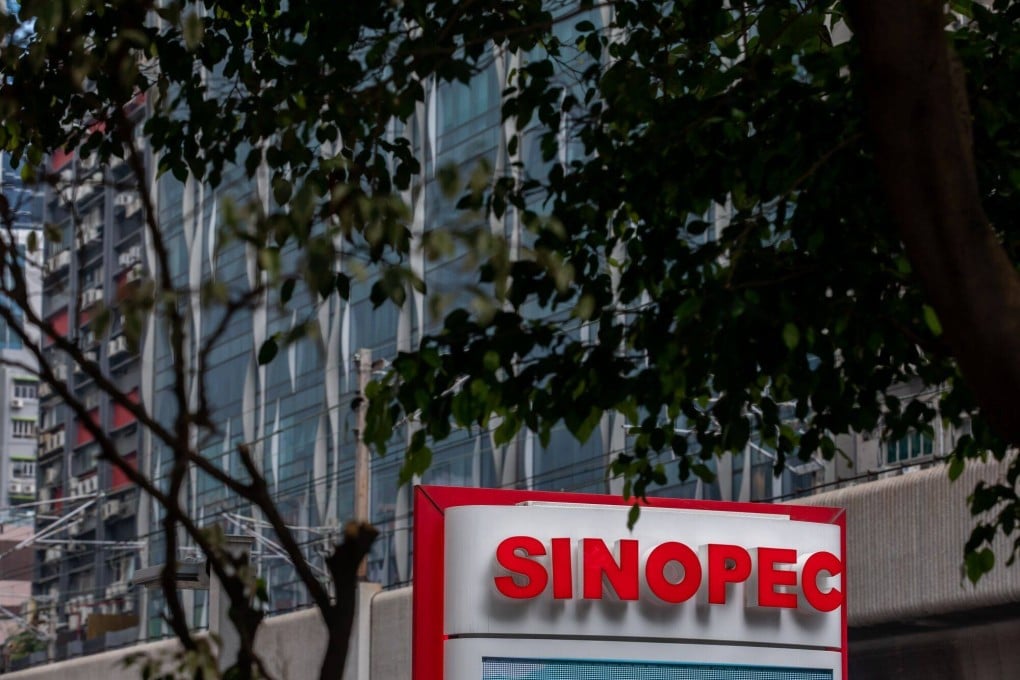Climate change: Sinopec’s parent to build China’s first long-distance hydrogen pipeline to boost green fuel usage
- The ‘west-to-east’ demonstration pipeline will stretch over 400km from Inner Mongolia to Beijing, according to China Petrochemical Corp
- The project will greatly lower the transport cost of hydrogen, the key barrier to faster green hydrogen development in China, the company said

China Petrochemical Corp, the nation’s largest oil refiner and fuel supplier, unveiled a plan to build the country’s first long-distance hydrogen pipeline to accelerate green energy development.
“When completed, it will replace the Beijing-Tianjin-Hebei region’s fossil fuel-based hydrogen production, and help meet [growing] hydrogen demand in the transport sector,” China Petrochemical said in a statement on Monday. “It will also greatly relieve the nation’s green hydrogen demand-supply mismatch.”

Stretching over 400km from Ulanqab in the Inner Mongolia autonomous region to Sinopec’s Yanshan petrochemical processing plant in Beijing, the new conduit will be the nation’s first cross-regional, large-scale transmission pipeline for pure hydrogen.
Under the current plan, the pipeline’s transmission capacity can be expanded to 500,000 tonnes in the long term, up from the initial 100,000 tonnes. Various connection points have been designed for potential sources of hydrogen to be fed into the system.
The pipeline and its potential sub-branches will form a key part of the decarbonisation effort in the highly urbanised region that it will supply – which has a population of 110 million and annual economic output of 10 trillion yuan (US$1.45 trillion).
Beijing wants renewable energy to contribute 14 per cent of the capital city’s energy consumption by 2025, and for green electricity imports to double from 2020, to help China complete its dual goals: Reach peak carbon emissions by 2030 and become carbon neutral by 2060.

